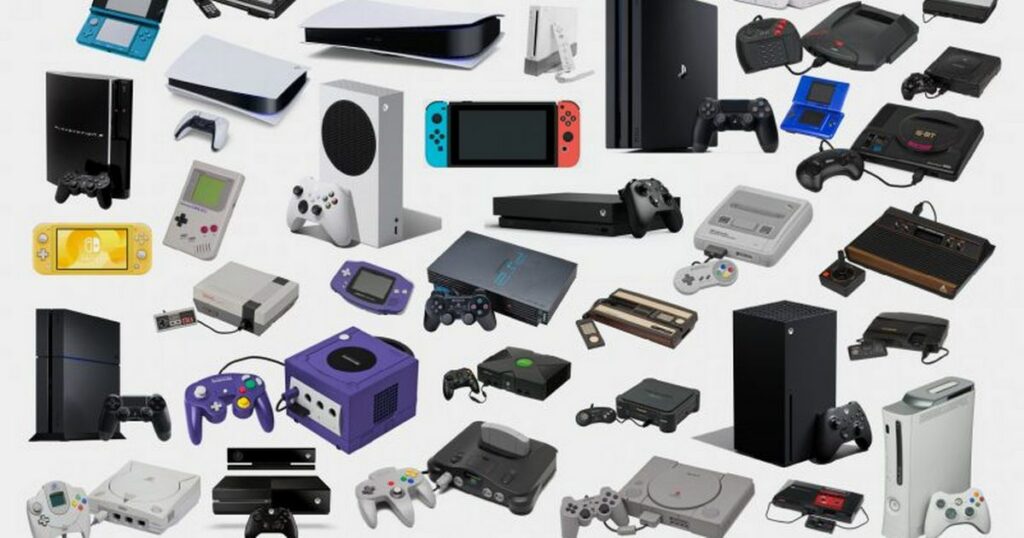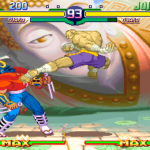Hey, just so you know, some of the links on this site are affiliate links. That means I may earn a small commission if you buy something through them. It doesn’t cost you anything extra, and it helps me keep this site running. Thanks for your support!
In the pixelated heart of gaming’s history lies a treasure trove of artistic innovation that has shaped the industry’s visual landscape. This blog post, inspired by our “Retro Games Graphics Excellence List,” takes you on a journey through the evolution of game graphics, from the early days of 8-bit art to the complex 3D models of the seventh generation consoles. We’ll explore the standout titles that defined each era, showcasing the best graphics of their generation.
Fourth Generation Consoles: The 16-Bit Era
The fourth generation of consoles, featuring the Sega Genesis and Super Nintendo Entertainment System (SNES), marked a golden age of 2D graphics. Titles like “Sonic the Hedgehog 2” on the Genesis captivated players with their vibrant worlds, while “Super Mario World 2: Yoshi’s Island” on the SNES introduced a hand-drawn aesthetic that charmed its way into the hearts of gamers. These games didn’t just push the envelope; they tore it open, setting new standards for visual storytelling in video games.
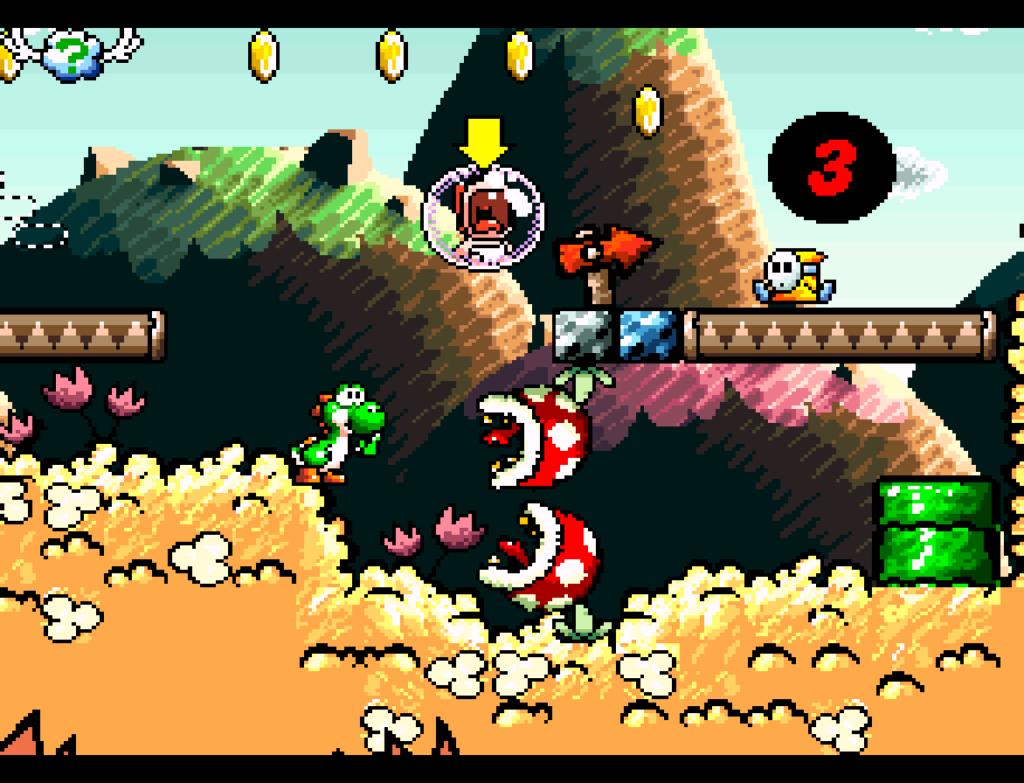
Fourth Generation Consoles:
- Sega Genesis/Mega Drive:
- Sonic the Hedgehog 2
- Streets of Rage 2
- Phantasy Star IV
- Gunstar Heroes
- Earthworm Jim
- Super Nintendo Entertainment System (SNES):
- Super Mario World 2: Yoshi’s Island
- Donkey Kong Country 2: Diddy’s Kong Quest
- Chrono Trigger
- Super Metroid
- The Legend of Zelda: A Link to the Past
Fifth Generation Consoles: The Dawn of 3D
As technology advanced, the fifth generation welcomed 3D graphics with open arms. The Sony PlayStation’s “Final Fantasy VII” brought us into a world where pre-rendered backgrounds and full-motion videos created an immersive narrative experience. Meanwhile, the Nintendo 64’s “The Legend of Zelda: Ocarina of Time” offered a 3D Hyrule filled with dynamic lighting and detailed textures, proving that art in games was not just about pixels but about creating a believable world.

Fifth Generation Consoles:
- Sony PlayStation:
- Final Fantasy VII
- Metal Gear Solid
- Castlevania: Symphony of the Night
- Resident Evil 2
- Tekken 3
- Sega Saturn:
- Panzer Dragoon Saga
- Virtua Fighter 2
- Nights into Dreams
- Radiant Silvergun
- Shining Force III
- Nintendo 64:
- The Legend of Zelda: Ocarina of Time
- Super Mario 64
- GoldenEye 007
- Banjo-Kazooie
- Perfect Dark
Sixth Generation Consoles: Raising the Bar
The sixth generation saw the Sega Dreamcast and Sony PlayStation 2 (PS2) elevate game graphics to new heights. “Soul Calibur” on the Dreamcast dazzled with its fluid animations and detailed character models, while the PS2’s “Shadow of the Colossus” presented a minimalist yet breathtaking landscape that players could explore, filled with towering colossi and a hauntingly beautiful atmosphere.
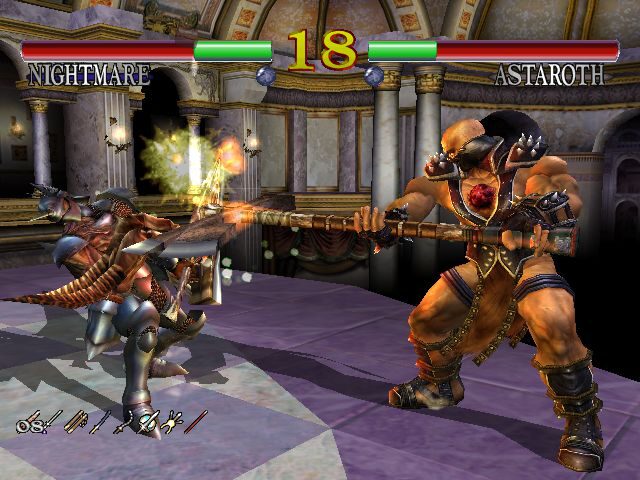
Sixth Generation Consoles:
- Sega Dreamcast:
- Soul Calibur
- Shenmue
- Jet Set Radio
- Skies of Arcadia
- Resident Evil Code: Veronica
- Sony PlayStation 2 (PS2):
- Final Fantasy X
- Metal Gear Solid 2: Sons of Liberty
- God of War II
- Shadow of the Colossus
- Okami
- Nintendo GameCube:
- The Legend of Zelda: The Wind Waker
- Metroid Prime
- Resident Evil 4
- Super Mario Sunshine
- Eternal Darkness: Sanity’s Requiem
- Microsoft Xbox:
- Halo 2
- Ninja Gaiden Black
- Fable
- Star Wars: Knights of the Old Republic
- Splinter Cell: Chaos Theory
Seventh Generation Consoles: The HD Revolution
The seventh generation brought high-definition gaming into the living room with the Sony PlayStation 3 (PS3) and Microsoft Xbox 360. “The Last of Us” on the PS3 delivered a post-apocalyptic world with an unprecedented level of detail, from the nuanced expressions of its characters to the intricate environmental storytelling. On the Xbox 360, “Gears of War 3” showcased a gritty, war-torn world with realistic textures and effects, setting a new benchmark for graphical fidelity.
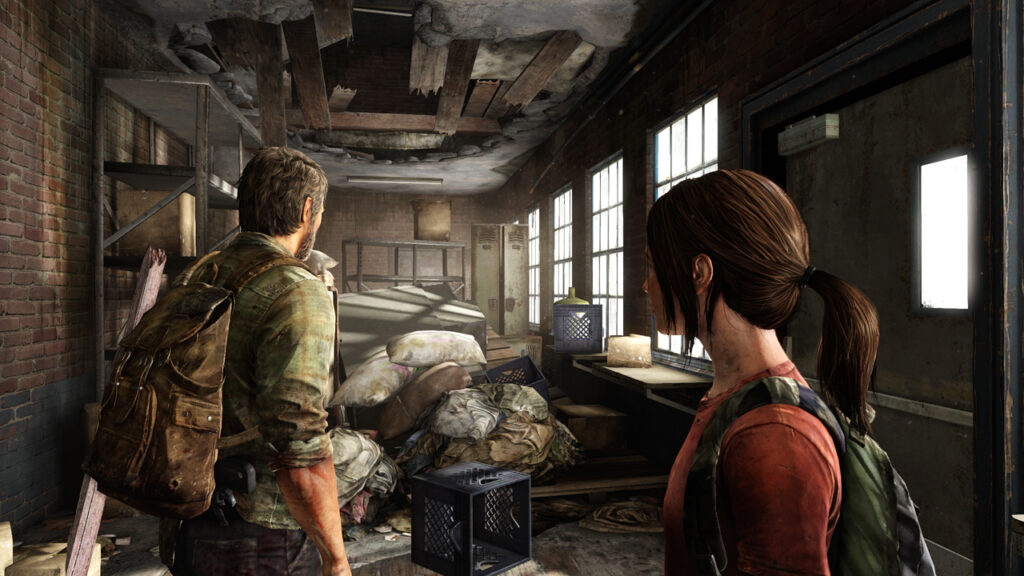
Seventh Generation Consoles:
- Sony PlayStation 3 (PS3):
- The Last of Us
- Uncharted 2: Among Thieves
- Red Dead Redemption
- Grand Theft Auto V
- Journey
- Microsoft Xbox 360:
- Mass Effect 2
- Gears of War 3
- Halo 4
- Bayonetta
- Red Dead Redemption
- Nintendo Wii:
- Super Mario Galaxy 2
- The Legend of Zelda: Skyward Sword
- Xenoblade Chronicles
- Metroid Prime 3: Corruption
- Super Smash Bros. Brawl
Eighth Generation Consoles: Artistic Diversity
The eighth generation, particularly with the Nintendo Switch, embraced artistic diversity. “The Legend of Zelda: Breath of the Wild” combined cel-shaded graphics with a physics-based world, creating a game that was as beautiful to look at as it was to play. It demonstrated that the artistry of retro games could evolve and continue to captivate modern audiences.
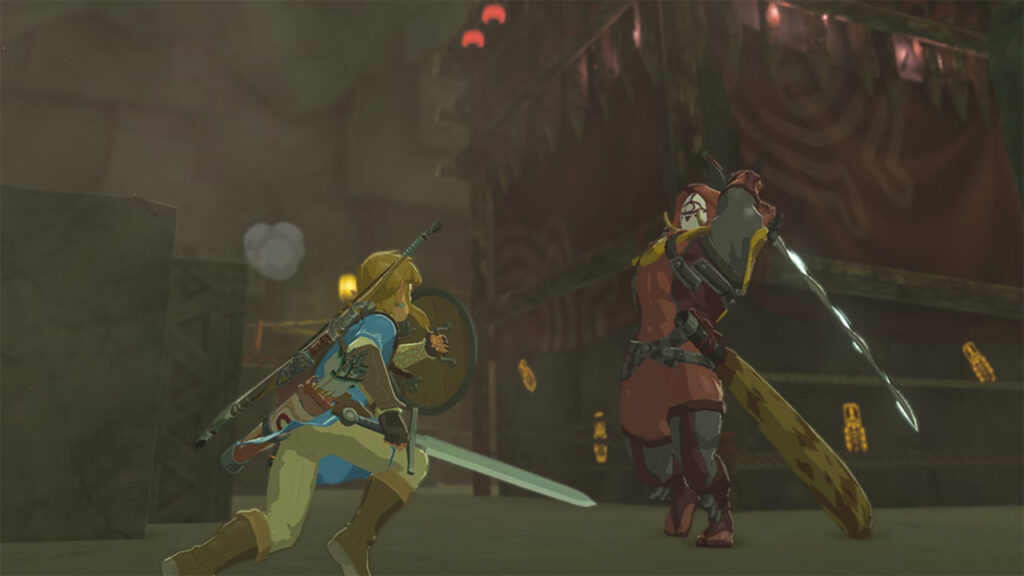
Eighth Generation Consoles:
- Sony PlayStation 4 (PS4):
- God of War
- Horizon Zero Dawn
- The Witcher 3: Wild Hunt
- Bloodborne
- Uncharted 4: A Thief’s End
- Microsoft Xbox One:
- Forza Horizon 4
- Gears of War 4
- Ori and the Blind Forest
- Halo 5: Guardians
- Quantum Break
- Nintendo Wii U:
- The Legend of Zelda: Breath of the Wild
- Mario Kart 8
- Super Smash Bros. for Wii U
- Bayonetta 2
- Xenoblade Chronicles X
From the Sega Genesis to the Nintendo Switch, each console generation has brought us games that redefined what was visually possible. The “Retro Games Graphics Excellence List” is not just a celebration of these games but a recognition of the artists and developers who crafted these visual experiences. As we look back at these milestones, we’re reminded that the art of games is a constantly evolving canvas, one that invites us to keep playing, creating, and dreaming.


